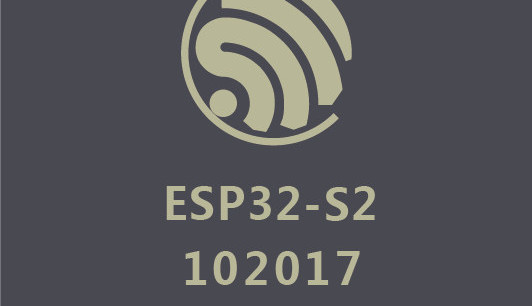New ESP Microcontroller: ESP32-S2

Espressif has announced a new microcontroller, the ESP32-S2. It is a powerful WiFi-enabled chip with support for USB-OTG.
Espressif has announced a new microcontroller, the ESP32-S2. It is a powerful WiFi-enabled chip with support for USB-OTG.
There are a few differences compared to the well-known ESP32. The ESP32-S2 uses a single-core Xtensa LX7, with a clock speed up to 240 MHz. The LX7 core is capable of performing many more floating point operations per cycle. This is interesting for DSP and other computationally demanding applications. Other features of the chip are 320 kB SRAM, 128 kB ROM and 16 kB RTC memory. The connectivity of the ESP32-S2 is WiFi, however Bluetooth is not supported.
The I/O amounts to 42 GPIOs, 14 capacitive touch sensing IOs, the customary SPI, I²C, I²S, UART and PWM, support for parallel interface LCDs, a camera interface, and interestingly, full-speed USB-OTG support. The dimensions of the chip are 7 x 7 mm QFN (quad-flat no-lead).
Samples of the ESP32-S2 will be available in June. This chip will certainly make its appearance in future Elektor projects.
There are a few differences compared to the well-known ESP32. The ESP32-S2 uses a single-core Xtensa LX7, with a clock speed up to 240 MHz. The LX7 core is capable of performing many more floating point operations per cycle. This is interesting for DSP and other computationally demanding applications. Other features of the chip are 320 kB SRAM, 128 kB ROM and 16 kB RTC memory. The connectivity of the ESP32-S2 is WiFi, however Bluetooth is not supported.
The I/O amounts to 42 GPIOs, 14 capacitive touch sensing IOs, the customary SPI, I²C, I²S, UART and PWM, support for parallel interface LCDs, a camera interface, and interestingly, full-speed USB-OTG support. The dimensions of the chip are 7 x 7 mm QFN (quad-flat no-lead).
Samples of the ESP32-S2 will be available in June. This chip will certainly make its appearance in future Elektor projects.
